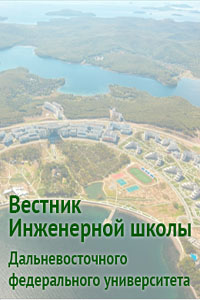Control of the structure formation of aerated concrete using a modified silica component
DOI:
https://doi.org/10.24866/2227-6858/2024-2/%25pKeywords:
aerated concrete, modified silica component, structure formation, porosity, surface morphologyAbstract
The study presents the results of approbation of the modified silica component and comparison with the basic silica component. The relevance of the work is due to the improvement of technology due to the fullest possible use of the potential of the feedstock and the activation of its internal reserves. The possibility of regulating the rheology of a cellular concrete mixture at the stage of structure formation is proved. Changes in the size and volume of pores, as well as their number by type of porosity, are shown. The analysis of samples after heat and moisture treatment revealed differences in the dispersion and morphology of the surface of neoplasms. Based on the data obtained, the authors established causal relationships and demonstrated ways to improve the quality of aerated concrete. For the D600 medium density brand, when using injection molding and impact production technologies, it is established: an increase in the coefficient of structural quality from 8.67–8.98 to 9.46–9.57; a decrease in the release humidity from 24.9–20.5% to 22.2–17.3%; a decrease in thermal conductivity from 0.153–0.154 to 0.144–0.150 W/m∙oC; an increase in vapor permeability from 0.171–0.175 to 0.186–0.195 mg/(m∙h∙Pa); reduction of shrinkage during drying from 0.149–0.104 to 0.133–0.102 mm/m, respectively. Thus, the study reveals the wide potential of using a modified silica component to solve practical technological problems.
Downloads
Published
Issue
Section
License
Copyright (c) 2024 Far Eastern Federal University: School of Engineering Bulletin

This work is licensed under a Creative Commons Attribution 4.0 International License.

